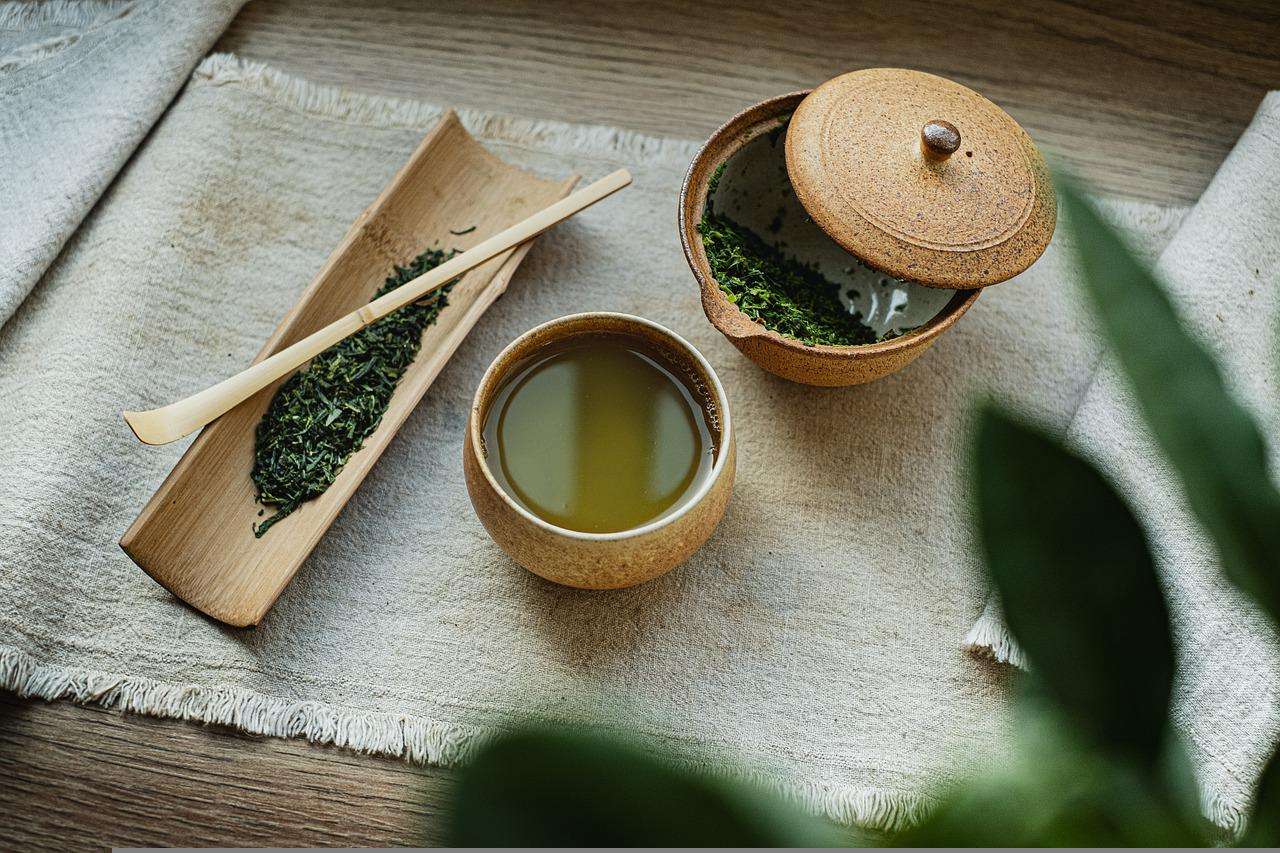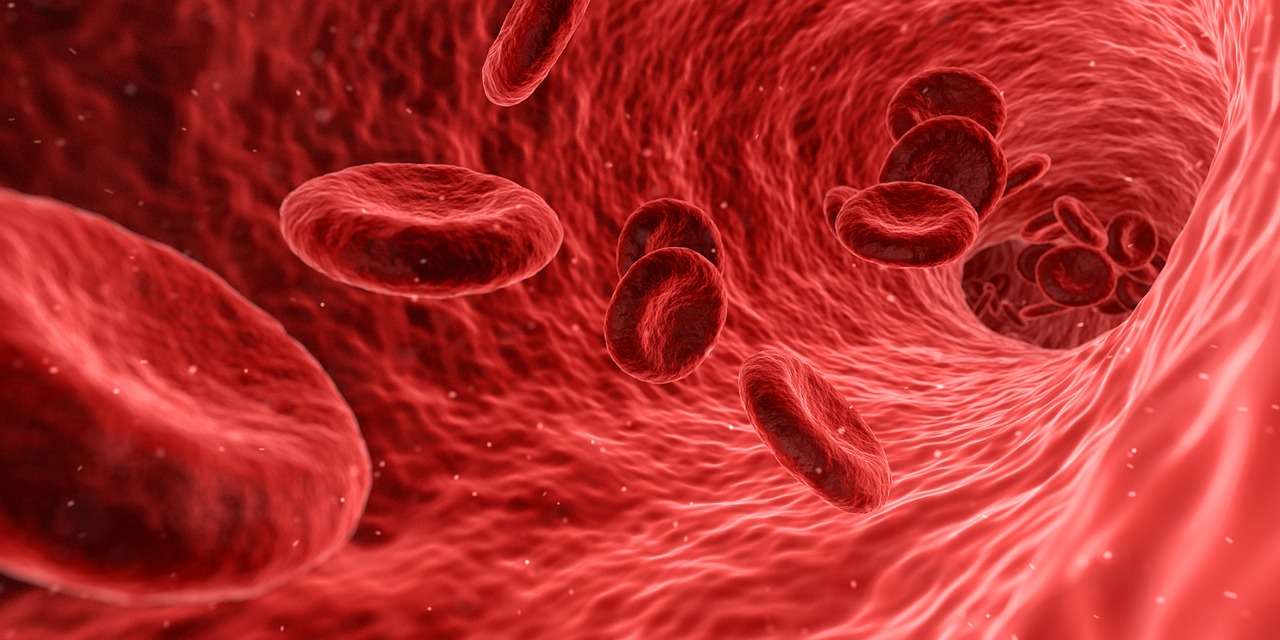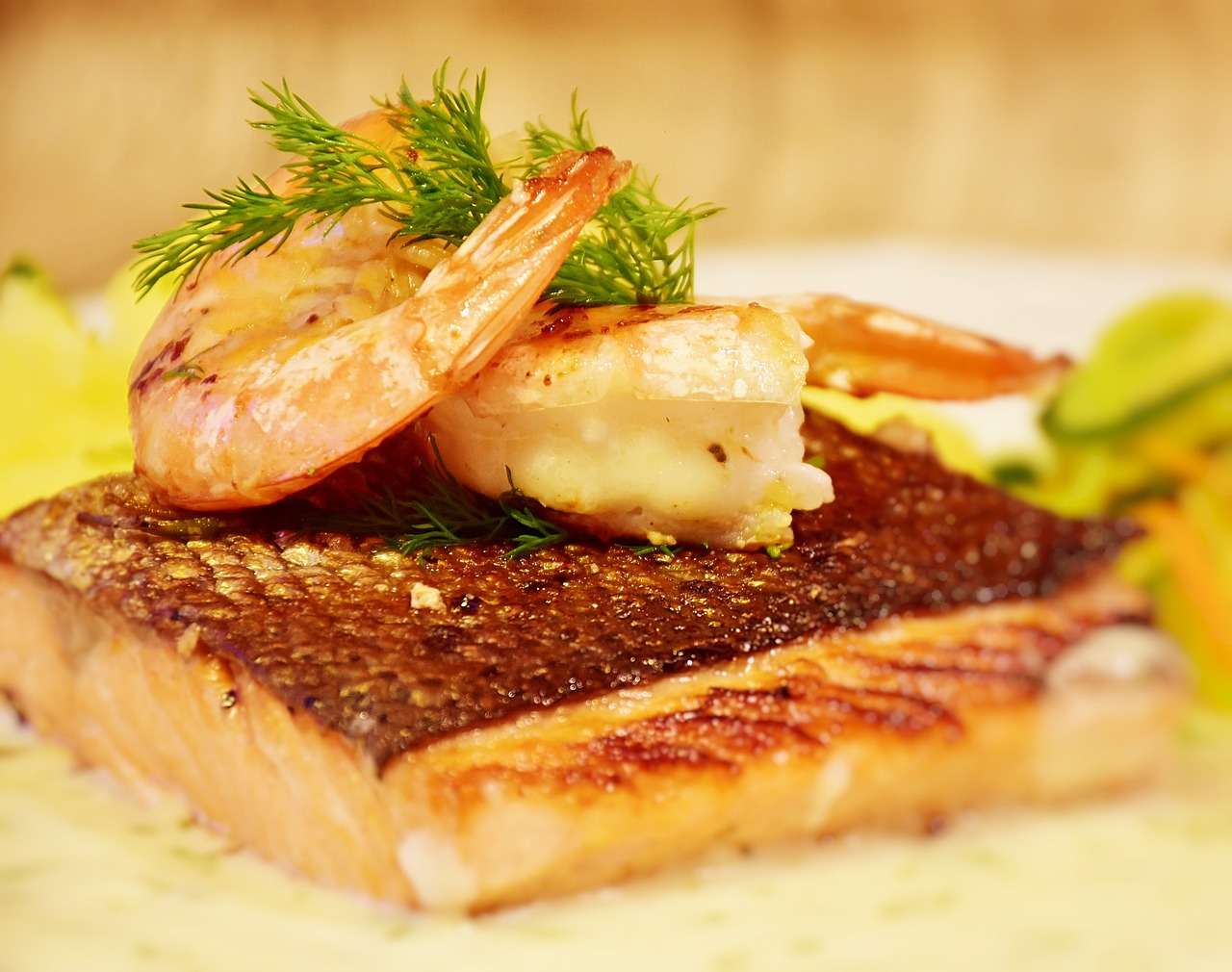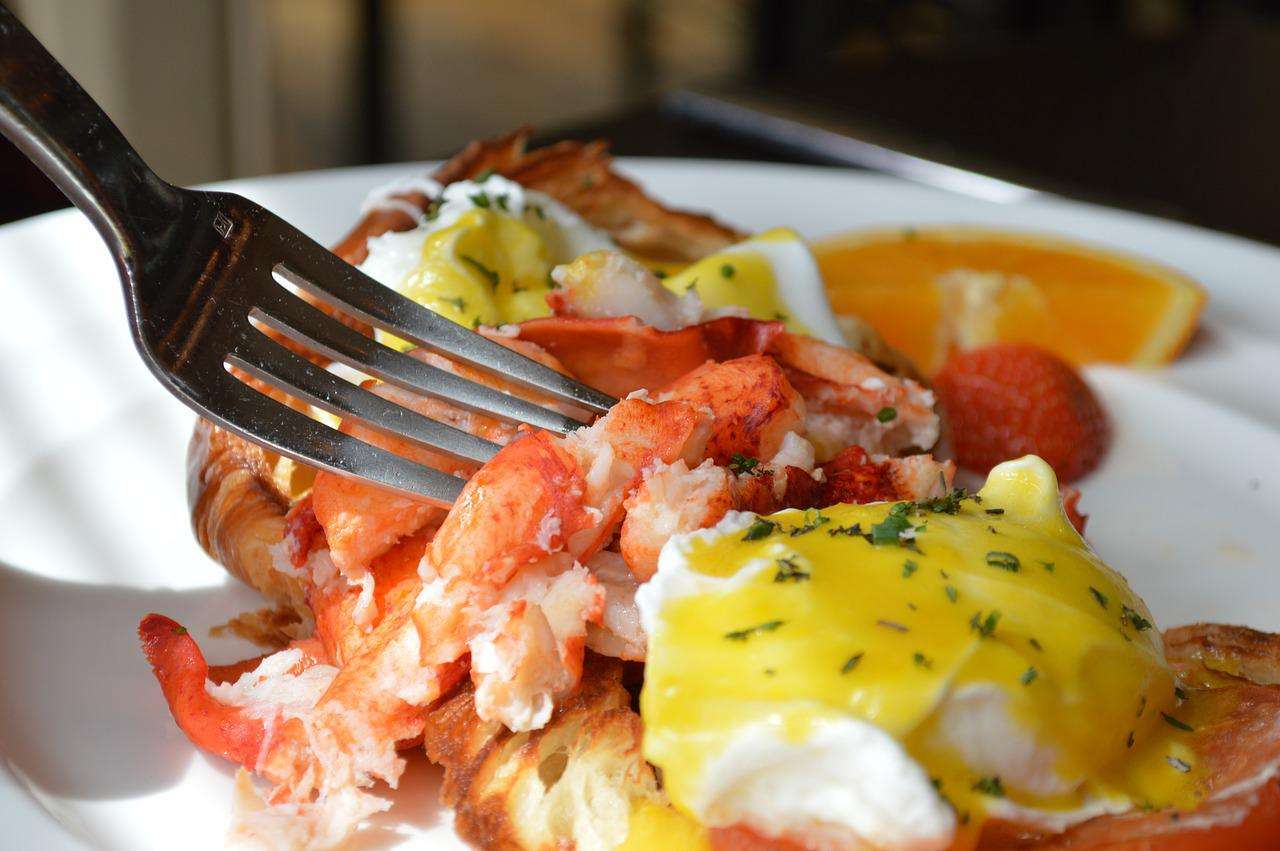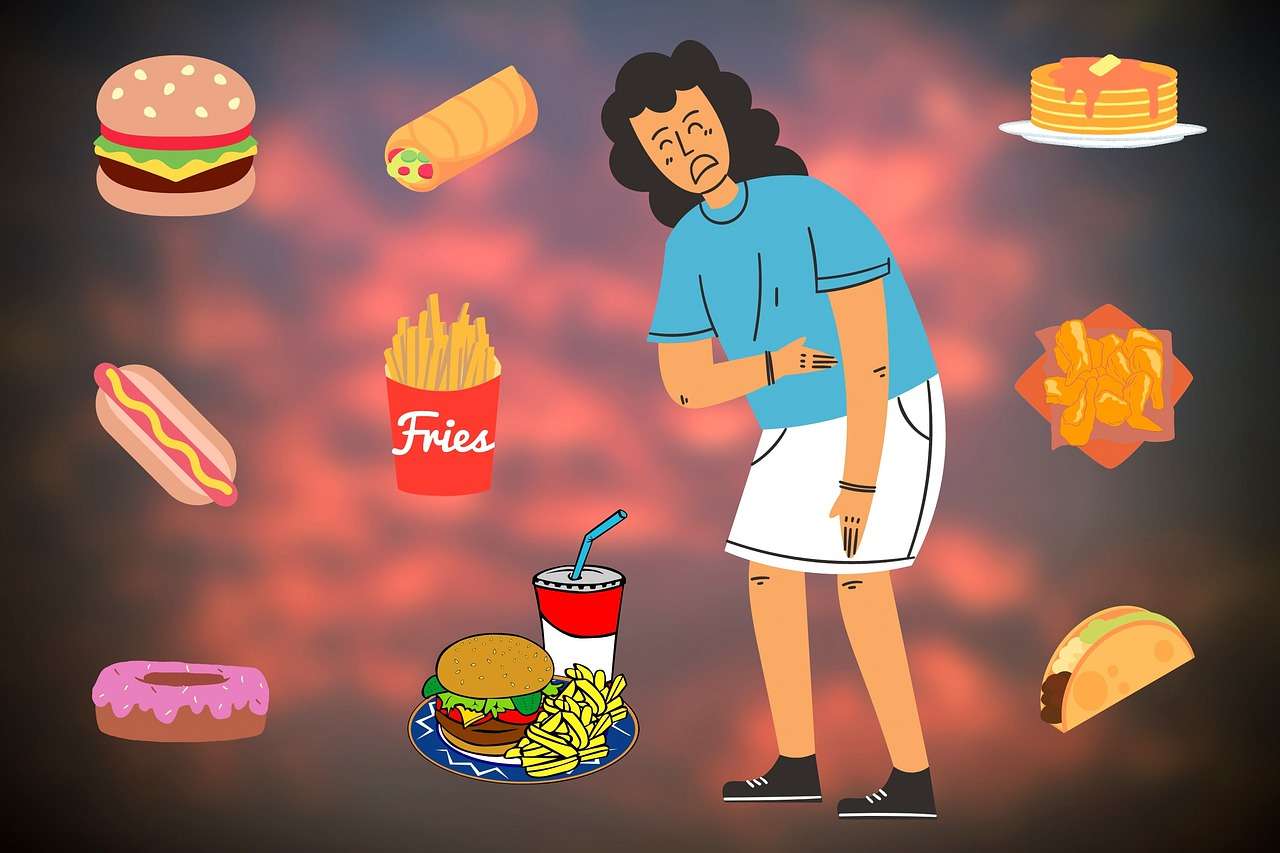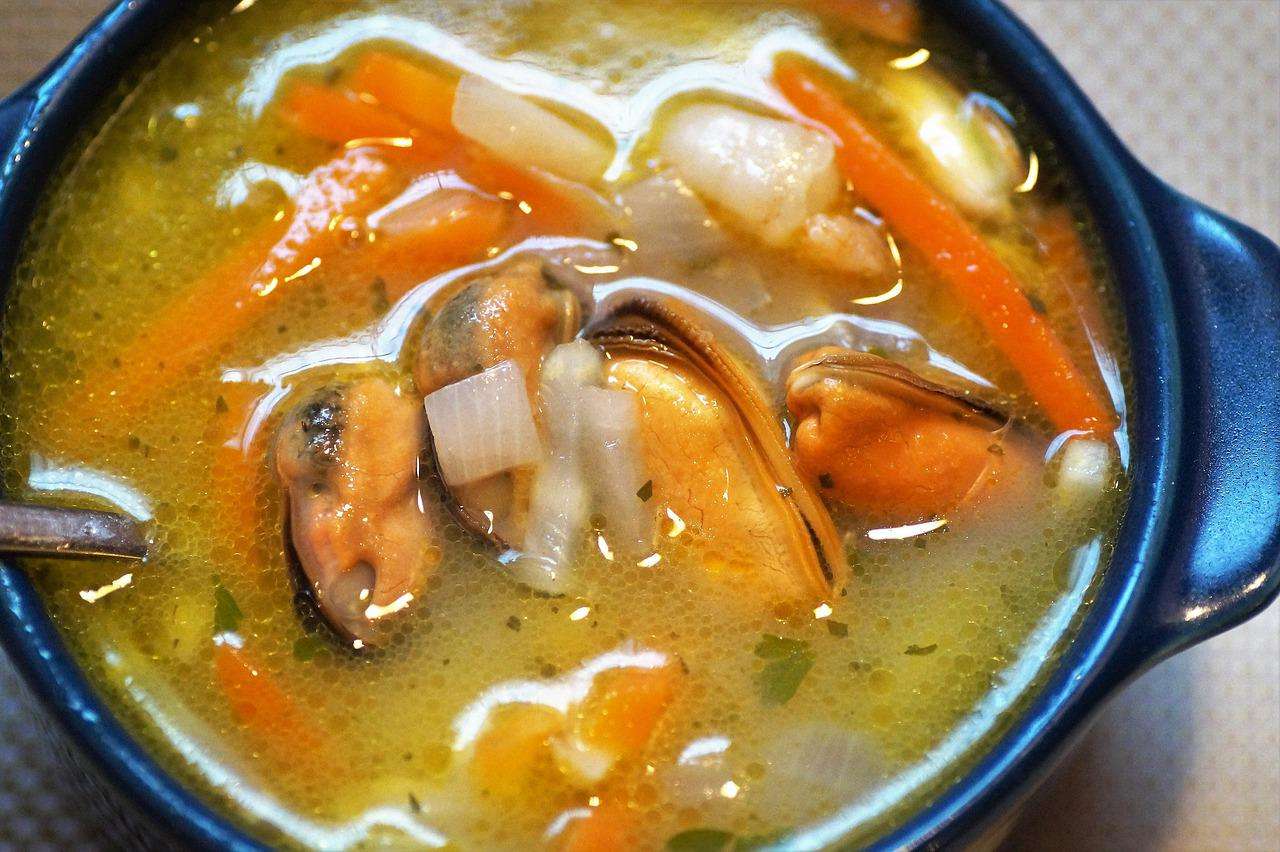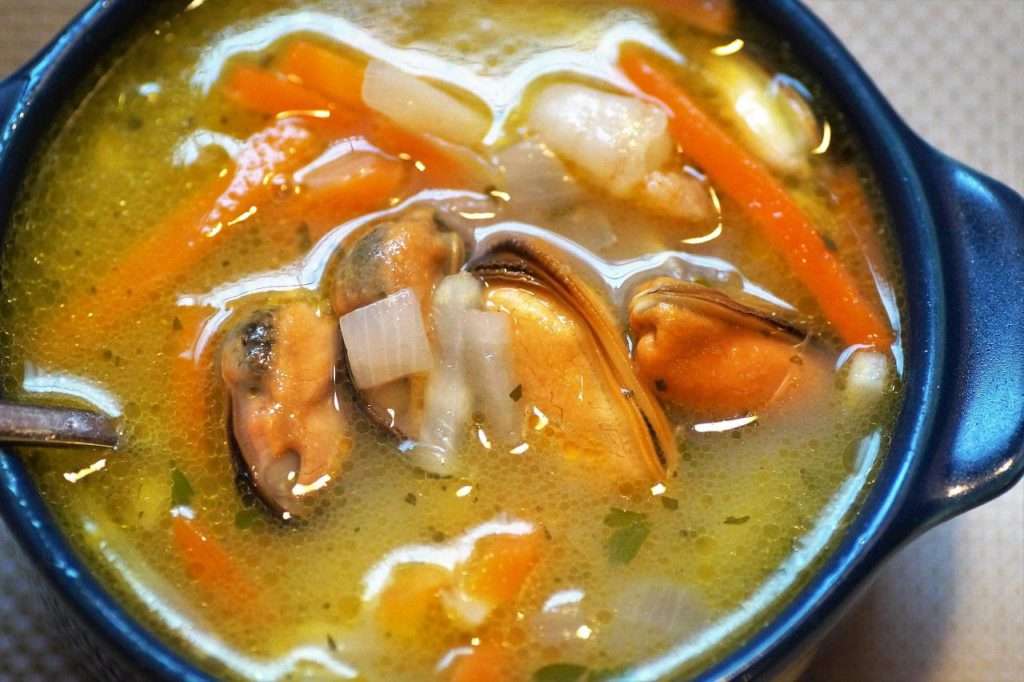Introduction:
Food poisoning is an acute gastroenteritis caused by the consumption of a food material or a drink which contains the pathogenic micro organism or their toxins or poisonous chemicals.Food poisoning is common in hostels,hotels,communal feedings, and festivel seasons.
A group of persons will be affected with same type of symptoms ,and they give a history of consumption of a common food before few hours.
Types of food poisoning
1) Bacterial food poisoning:
Here the micro organisms called bacteria are responsible.The food material may contain the pathogenic bacteriae or their toxin and will be ingested along with the food.
2) Non bacterial food poisoning:
Due to the presence of toxic chemicals like fertilizers,insectisides,heavy metals and ect.
Since bacterial food poisoning is common it is discussed here.
Bacterial food poisoning:
All bacteria are not harmful.There are some pathogenic bacteria which secrete toxins and cause clinical manifestations.These organisms enter the human body through food articles or drinks.
How food poisoning occures:
1) Presence of bacteria in the water.
2) The raw materials for the food may contain toxins.
3) Premises where the food is prepared may contain micro organisms or toxins.
4) Food handlers may have some infectious diseases.
5) Some animals like dogs,rats may contaminate the food.
6) If prepared food is kept in the room temperature for a long time and heated again can make a chance for food poisoning.
7) Purposely some body mixing toxins in the food.
Some common bacterial food poisonings.
1) Salmonella food poisoning:
There are three different varieties of salmonella bacteria.(salmonella typhimurium,salmonella cholera suis,salmonella enteritidis) These bacteria are present in milk, milk products and eggs. Symptoms of this food poisoning include nausea, vomiting and diarrhoea. Fever is also common.
2) Botulism:
This is the dangerous type of food poisoning caused by clostridium botulinum. The spores of these organisms are seen in the soil and enters the human body through pickles and canned fish ect.Compared to other food poisonings here vomiting and diarrhoea are rare Mainly the nervous system is affected.The symptoms starts with double vision,numbness with weakness.Later there will be paralysis with cardiac and respiratory failure ending in death.
3) Staphylococcal food poisoning:
It is caused by staphylo coccus aureus. These organisms usually cause skin troubles like boils and eruptions.It causes mastitis in cow.Through the milk and milk products it enders and causes gastroenteritis.There will be vomiting,abdominal cramps with diarrhoea.
4) Closteridium food poisoning:
This is caused by closteridium perfringens.They are present in stool,soil and water. They enter the body through,meat,meat dishes and egg ect.If food articles are cooked and kept in room temperature for a long time and heated again before eating can result this food poisoning.Symptoms include vomiting ,diarrhoea and abdominal cramps.
5) Bacillus cereus:
The spores of these organisms can survive cooking and causes enteritis. Diarrhoea and vomiting is common in this infection.
How to investigate food poisoning?
1) Examine each and every person affected.
2) Water sample should be tested.
3) Kitchen, store room and food samples should be examined.
4) The cook and food handlers should be questioned and examined.
5) Samples of vomitus and stool of all victims should be tested to identify the bacteria.
How to prevent food poisoning:-
1) Only purified water should be used.
2) Hygiene should be maintained by all persons keeping contact with food.
3) Workers should use masks, cap and gloves during cooking and serving.
4) Sick individuals should not come in contact with food materials.
5) Kitchen and premises should be neat and clean.
5) Vessels should be washed with soap and hot water.
6) Should not keep the prepared food for a long time in room temperature.
7) All food materials should be kept in closed containers.
8) Animals like dog, cat, rat ect should not come in contact with food materials.
9) Vegetables should be washed before cooking.
10) Meat should be fresh and should be purchased from recognised slaughter house.
